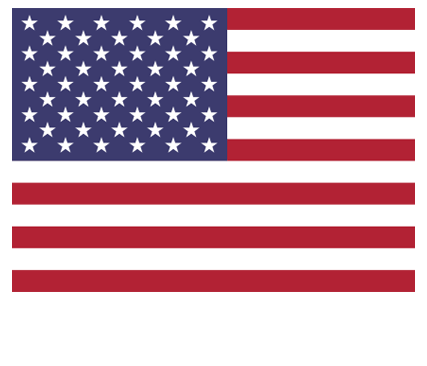Which Plastic Is Used For Thermoforming?
There are a variety of common thermoforming materials and each have their own strengths and drawbacks. Which plastic will be the best for your application really comes down to the application itself. Some of the common factors to take into consideration can include:
- Stiffness. How rigid does the final plastic product need to be in order to fulfill its intended use?
- Hardness. How hard does the final plastic product to be in order to withstand any chipping, cracking, or abrasions that may come along with its intended use?
- Impact Strength. How much impact will the final plastic product need to endure before it finally breaks?
- Heat Deflection. How much heat will the final plastic product need to withstand before it begins to distort?
- Tensile Strength. How much resistance will the final plastic product need to handle before it is pulled apart?
- Forming Range. How hot does the plastic sheet need to be before it can be thermoformed?
There are more, of course, but you get the idea. If you haven’t already done so, you’ll want to make note of these types of needs. Once those needs are established, they are compared to a variety of different plastics to find a fit that best matches your needs and budget. Below are some of the most common plastics used in thermoforming, as well as some basic characteristics of each.
- Acrylonitrile Butadiene Styrene (ABS). One of the most commonly used thermoplastics. It features a good impact resistance rating. It’s available in a host of different colors and flame-retardent grades (UL94-V0).
- High Density Polyethylene (HDPE). The advantages of HPDE are that is it resistant to cold temperatures, as well as being very resistant to impact and chemical interaction. The tradeoff is that it offers less dimensional stability than some other thermoplastics.
- High Impact Polystyrene (HIPS). Its low cost makes it a popular option. That it is easy to form and comes in quite a few colors doesn’t hurt anything either.
- PMMA/PVC blend (KYDEX). Another popular option, KYDEX is impact-resistant and chemical-resistant. It comes in a lot of colors and flame-retardant grades (UL94-V0). Combine all of this with a highly-cosmetic appearance and it makes for a great general-purpose thermoplastic.
- Polycarbonate (PC). Being a clear material limits its use in certain applications, but its resistance to high temperatures and good impact strength continues to make it a popular choice.
- Polyetherimide, Ultem (PEI). This autoclavable material has an amber-colored appearance and is quite resistant to high temperatures.
- Polyethylene Terephthalate Glycol (PETG). This clear material forms well and is impact resistant.
- Polymethyl Methacrylate, Plexiglass (Acrylic). It can come as a clear material or in a number of different colors. Acrylic is really resistant to abrasion and easy to fabricate. Impact-resistant grades are available, as well.
- Polypropylene (PP). Very similar to HDPE, PP is chemical-resistant, as well as being resistant to higher temperatures and impact. Like HDPE, the flipside is that it is not as dimensionally stable as some other materials.
- Polyvinyl Chloride (PVC). Valued because it is rigid and impact-resistant, PVC also comes on flame-retardant grades (UL94-V0). PVC, however, often has a limited availability.
- Thermoplastic Polyolefin (TPO). From a fabrication perspective, TPO can be somewhat difficult to form, particularly if we are talking about deep-draw shapes. That aside, its excellent impact resistance and available high-gloss finish makes it an ideal material for outdoor use.
In Conclusion
A host of different thermoplastics can be used for your next project. To find the right one, start by assessing the needs and environment of your final product and work backwards from there to find a plastic with the right qualities for you.
To learn more about the best plastic to suit your plastic thermoforming needs, give Spencer Industries a call at 1-800-467-4561 today!



